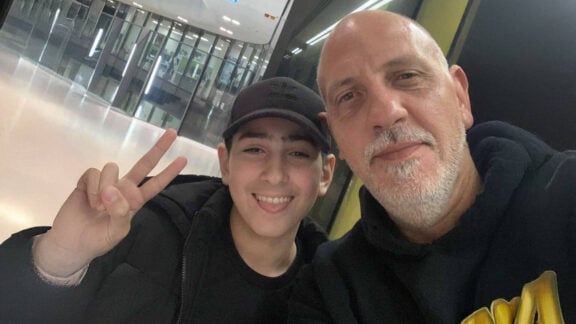University of Athens researchers put a face to the past at an event at the Acropolis Museum on Friday.
Thanks to advances in 3D modelling technology, archaeologists together with the assistance of an endocrinologist, orthopedist, neurologist, pathologist, and radiologist, have managed to reconstruct the facial features of a teenager from a skull found in 1993 dating back to around 7,000 BC.
While very little is known about how she lived and died, her features consist of prominent cheekbones, a heavy brow and dimpled chin.
Discovered in Theopetra cave in central Greece, the woman’s face was last seen in its full human form some 9,000 years ago at the end of the Mesolithic period.
The teenager has since been named ‘Avgi’ by archaeologists. Translating to ‘Dawn’, it is a fitting name given she lived during what researchers consider to have been the ‘dawn of civilisation’, when humans in Greece and the region as a whole, underwent a transition from hunter gatherers to a society that was cultivating its own food.
The reconstruction team was led by orthodontist Manolis Papagrigorakis, who noted that while Avgi’s bones appeared to belong to a 15-year-old, upon closer inspection her teeth indicated that she was in fact 18 “give or take a year”.
Working alongside the team was Swedish archaeologist and sculptor, Oscar Nilsson who has worked on a number of ancient faces, specialising in reconstructions.
The sophisticated process entailed taking a CT scan of the skull and a 3D printer making an exact replica of the scan’s measurements. Pegs were then glued upon the replica reflecting the thickness of the flesh at certain anatomical points of the face, which was then fleshed out muscle-by-muscle.
Some features were recreated based on skull measurements, while others such as skin and eye colour are based on population traits in the region, given the area has been populated continually for some 130,000 years.
“Avgi has very unique, not especially female, skull, and features,” Nilsson observed.
“Having reconstructed a lot of Stone Age women and men, I think some facial features seem to have disappeared or ‘smoothed out’ with time. In general, we look less masculine, both men and women, today.”








